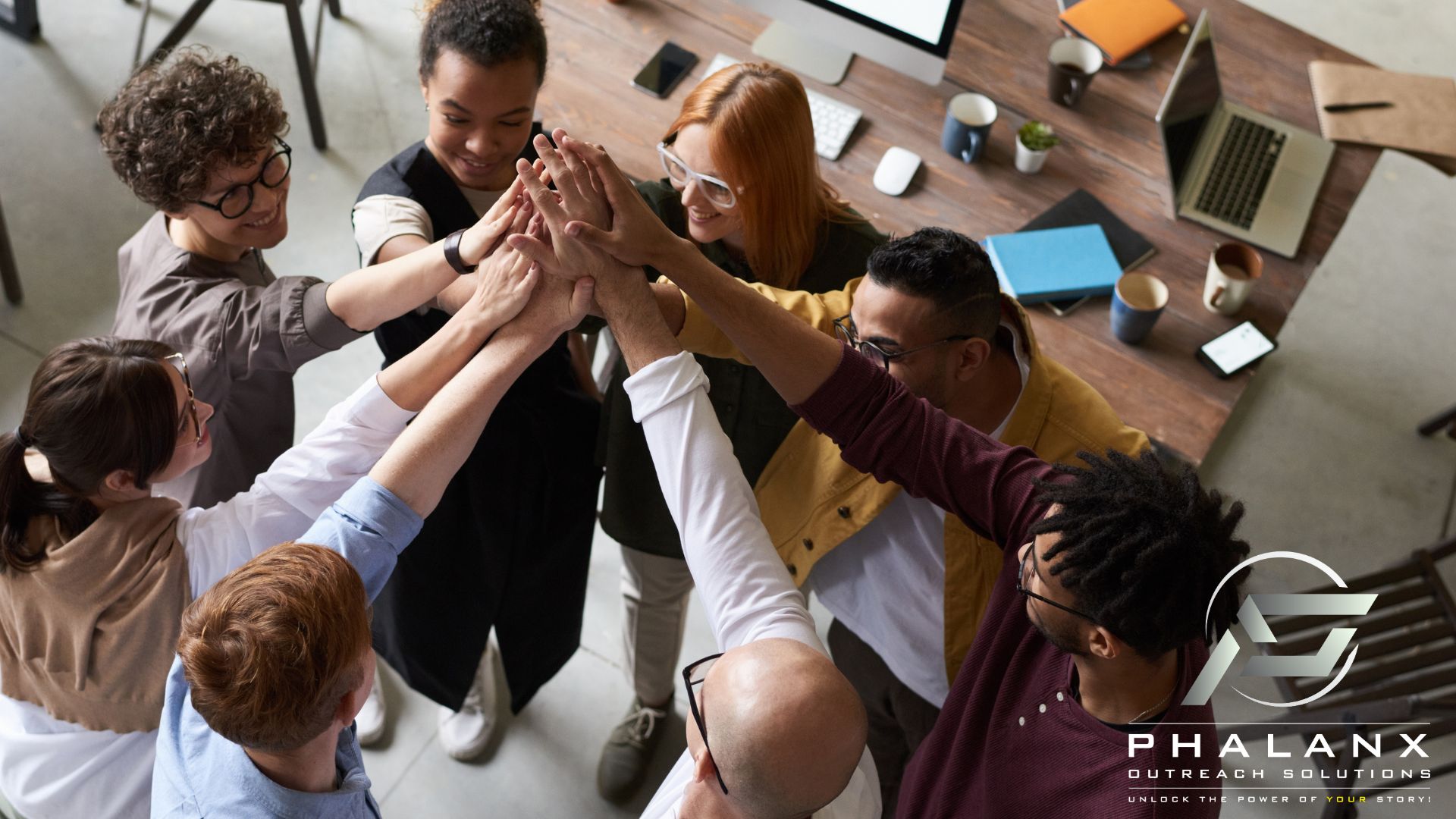For a long time, the phrase “workforce development” might have conjured images of boring workshops and dry seminars. But times have changed! Workforce development is making a serious comeback. Let’s explore what’s driving this change and why it’s become so exciting.
Cutting-Edge Technology
Gone are the days of mundane training sessions. Workforce development programs are now leveraging cutting-edge technologies like AI, AR, and VR. These technologies are revolutionizing the way training and development are conducted, making them more interactive and engaging. AI-driven assessments help match job seekers with roles that fit their strengths, while virtual and augmented reality provide immersive training experiences that replicate real-world scenarios.
Gamification
Learning has never been more fun, thanks to gamification. Platforms are incorporating elements such as badges, leaderboards, and rewards to turn skill acquisition into a game. This approach keeps learners engaged and motivated, making the learning process enjoyable and effective. Gamification not only makes learning more interactive but also helps individuals retain information better and stay committed to their development goals.
Social Media Savvy
Social media has brought a fresh, modern twist to workforce development. Organizations are using platforms like Instagram, TikTok, and LinkedIn to share success stories, job opportunities, and training programs. This social media presence makes workforce development programs more accessible and relatable, especially to younger audiences. By showcasing real-life success stories and impactful narratives, these platforms help to demystify the process and inspire others to take action.
Collaborative Learning
The power of community is being harnessed through collaborative learning platforms. Virtual study groups and peer-to-peer mentoring are making learning a social and interactive experience. Collaborative platforms enable learners to connect, share resources, and support each other, turning the process of upskilling from a solitary task into a collaborative journey. This sense of community and shared purpose enhances the learning experience and leads to better outcomes.
Influencer Partnerships
Influencers are now playing a big role in making workforce development cool. Collaborations with industry thought leaders add a relatable and aspirational touch to these programs. Influencers share their career journeys and insights, promoting workforce development initiatives and making them more appealing. Their endorsements lend credibility and attract a wider audience, helping to bridge the gap between potential participants and workforce development opportunities.
Storytelling with Impact
Innovative storytelling techniques are bringing workforce development to life. Organizations are using compelling narratives to highlight real-life success stories, challenges, and triumphs. These stories resonate on a personal level, inspiring individuals to take action and pursue their career goals. By focusing on human experiences and the impact of their programs, workforce development organizations create a powerful connection with their audience.
Flexible Learning Paths
Flexibility is key in today’s fast-paced world. Workforce development programs are adopting flexible learning paths and micro-credentials that fit into busy schedules. This approach allows individuals to upskill at their own pace, making continuous learning accessible and manageable. Whether working a full-time job or juggling multiple responsibilities, there are learning paths designed to meet various needs and lifestyles.
Focus on Well-being
Workforce development programs now prioritize holistic well-being. Recognizing the importance of mental health, work-life balance, and personal growth, these programs integrate mindfulness and wellness initiatives. This focus ensures that professional development is accompanied by personal growth and happiness, leading to more well-rounded and fulfilled individuals.
Sustainability and Social Impact
Sustainability and social impact are increasingly integrated into workforce development. Programs that emphasize green skills and social responsibility resonate with socially conscious individuals. By aligning with the values of sustainability and community engagement, these programs attract participants who are passionate about making a positive difference in the world.
Career Mobility
Career mobility and lifelong learning are at the forefront of workforce development. Programs are designed to equip individuals with transferable skills, enabling them to navigate an ever-changing job market with confidence. Emphasizing adaptability and continuous learning prepares individuals for diverse career opportunities, ensuring long-term success in their professional journeys.
Workforce development has become cool again by transforming into a dynamic and engaging field that resonates with modern audiences. With an audience-first mindset, these programs are evolving to meet the needs and preferences of job seekers, employers, and current workers looking to upskill. By contacting local workforce development boards, individuals and organizations can access customized solutions that enhance their opportunities and unlock their potential. There’s never been a better time to dive into workforce development and take advantage of these innovative programs.



Leave A Comment